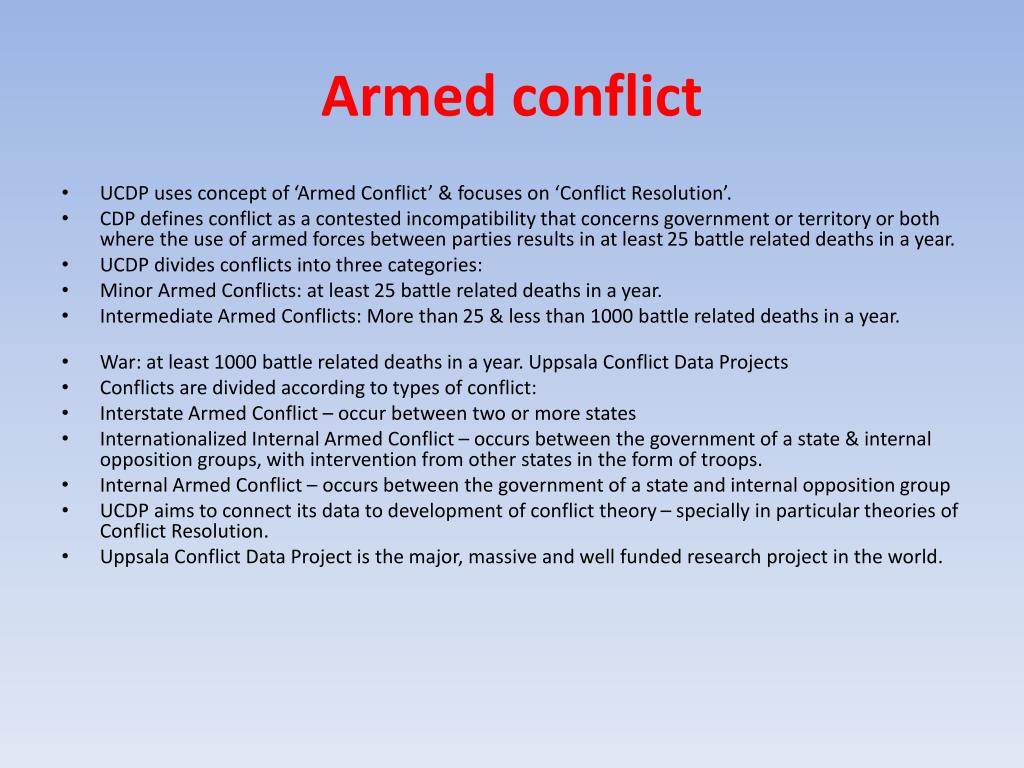
The updated Guidelines underwent a process of external peer review by practitioners and academics, who contributed input in their personal capacity.


Part IV includes IHL rules on respect for, implementation and dissemination of the rules protecting the natural environment.Įach rule or recommendation is accompanied by a concise commentary to aid understanding and to clarify its source and applicability. Part III comprises the rules on specific weapons that afford protection to the natural environment. Part II contains general IHL rules that protect the natural environment. Part I of the 2020 Guidelines covers IHL rules that provide specific protection to the natural environment as such. At the same time, armed conflicts have continued to cause environmental damage and destruction, highlighting the enduring need to reaffirm and promote greater respect for IHL. Since then, the international legal framework has continued to develop. In 1994, in response to a request by the United Nations General Assembly, the International Committee of the Red Cross (ICRC) issued the first Guidelines for Military Manuals and Instructions on the Protection of the Environment in Times of Armed Conflict to assist the instruction and training of the armed forces on IHL protecting the natural environment. While a certain amount of environmental damage may be inherent to war, it cannot be unlimited international humanitarian law (IHL) contains rules that protect the natural environment and that seek to limit the damage caused to it by armed conflict. When environmental degradation collides with climate risks, it compounds the challenges for people trying to survive in contemporary armed conflicts. The consequences of environmental damage for conflict-affected populations are severe and complex, affecting their well-being, health and survival. The natural environment has frequently remained a silent casualty of war.


 0 kommentar(er)
0 kommentar(er)
